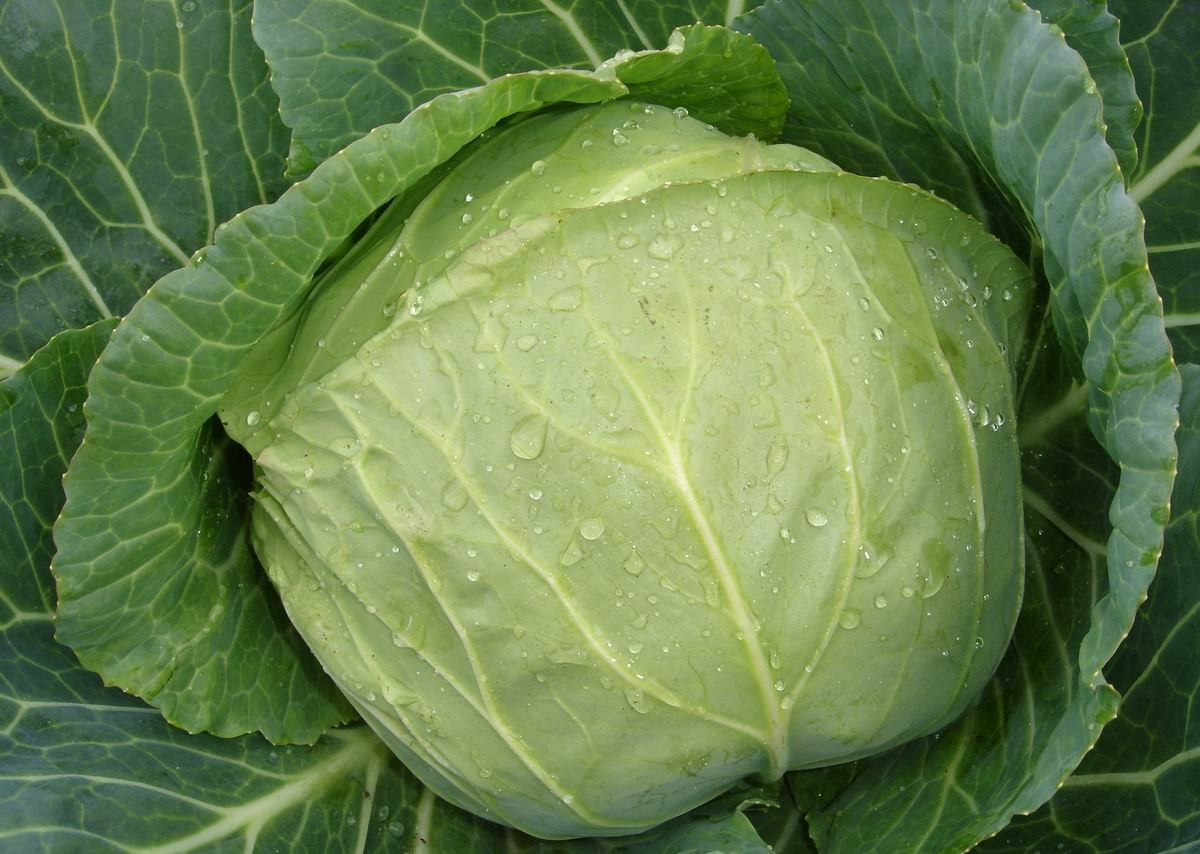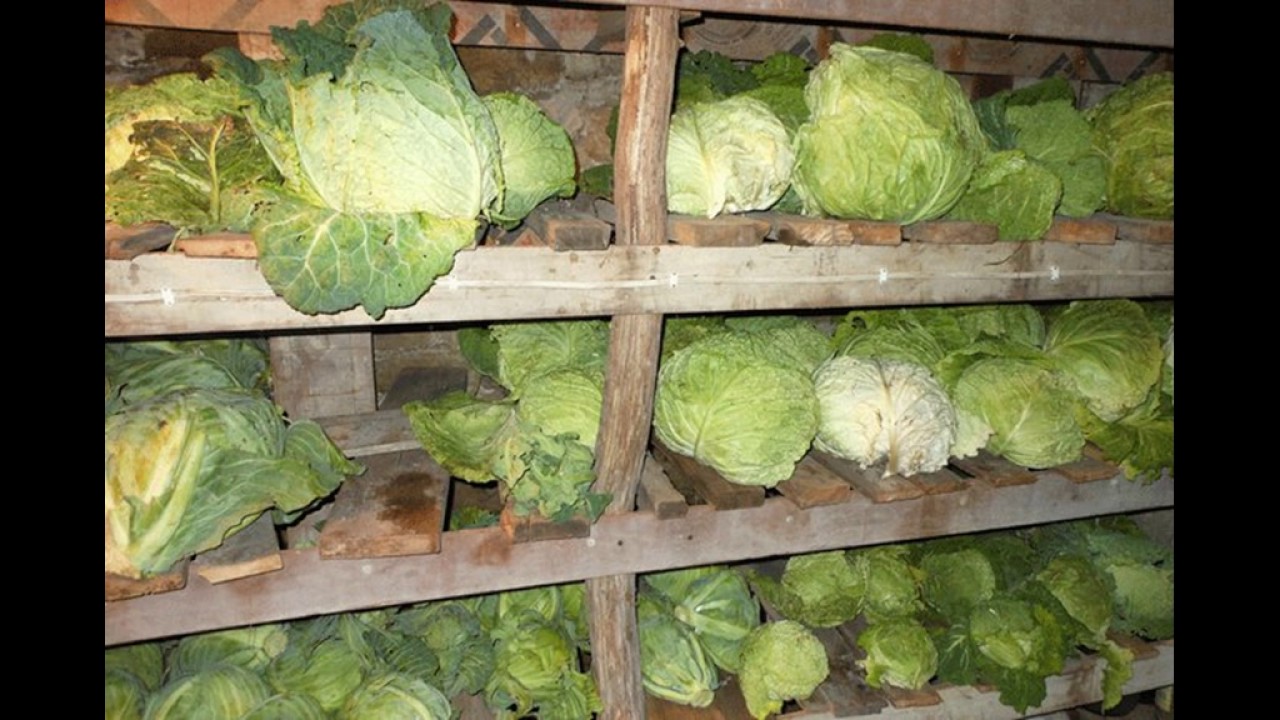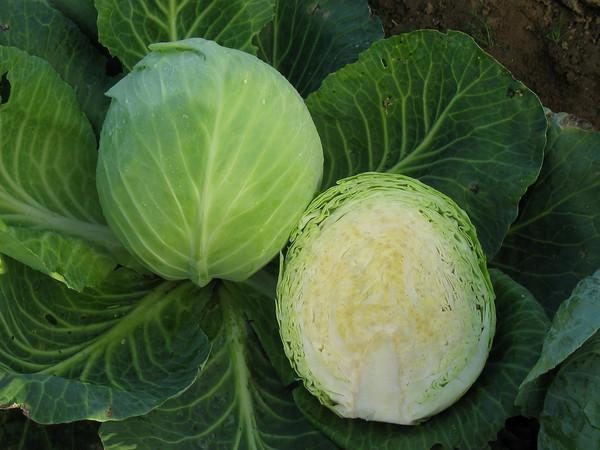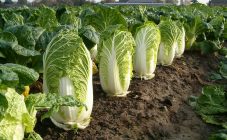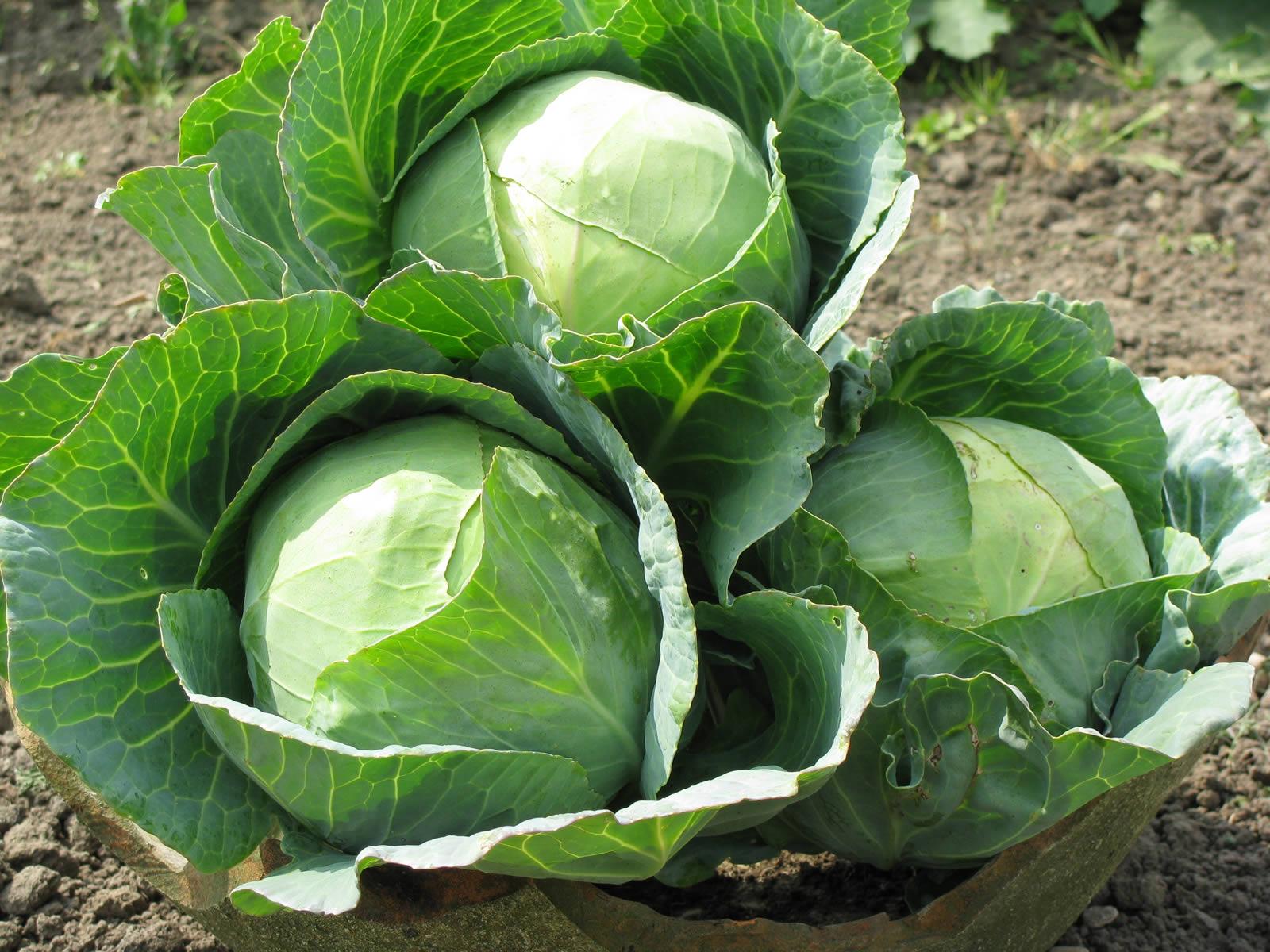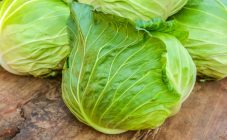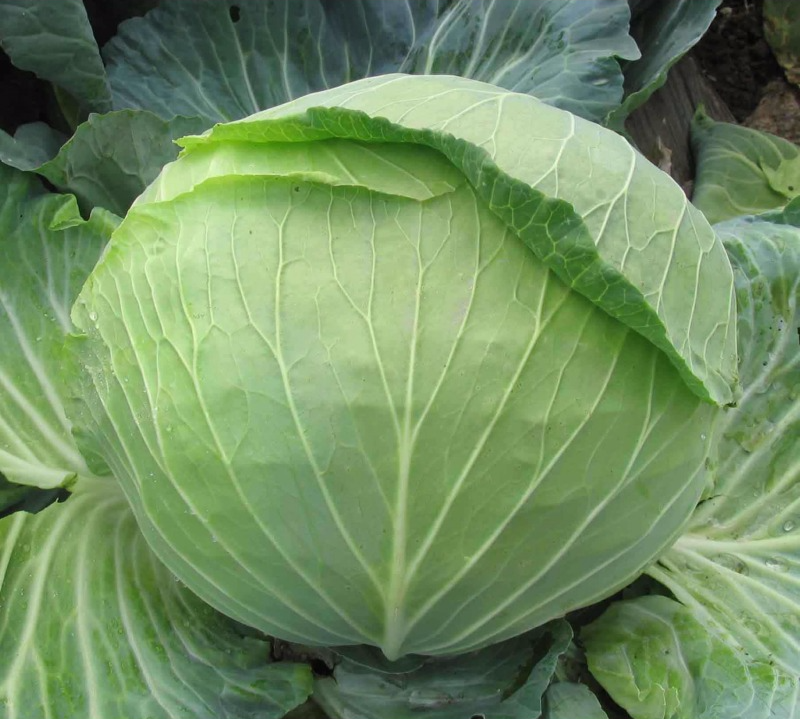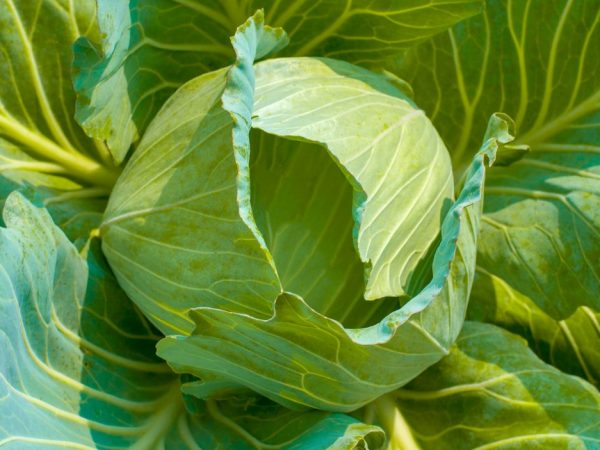Content:
The first mention of Amager (Megera or Almager) cabbage in the USSR dates back to the last century of the 40s. It entered the seed register at the height of the First World War and was grown throughout the former Soviet Union, with the exception of regions with cold and frosty climates. However, it is also in demand in the 21st century. The reputation of this type of cabbage has led to the fact that it is purchased not only for private cultivation, but also for industrial purposes. In garden stores, you can most often find seeds of Amager 611, and in the southern regions of Russia - just Amager.
Description of Amager cabbage
Considering the ripening time, Amager cabbage belongs to the late varieties. The period from sowing to harvest is an average of 140 days.
Distinctive characteristics of the vegetable:
- Semi-spreading rosette of leaves;
- High level of productivity (about 7 kg of vegetables can be harvested from one square meter);
- Large head of cabbage (2 to 4 kg);
- The leaves are not in contact with the ground, but directed upward;
- Petioles up to 15 cm;
- The shade of the leaves is light green. All leaves of Amager white cabbage have a waxy bloom;
- No wrinkling;
- It tolerates transportation well.
Megera cabbage has a high degree of vulnerability to various pests and diseases. Therefore, various solutions and preparations are used to preserve the harvest.
To reduce the likelihood of leaf damage, you need to take the following measures:
- If cabbage infected with pests is found, it is necessary to immediately dig it up and immediately burn it. This will further protect the remaining plants from the spread of the disease;
- Replace the soil, and clean the soil with copper sulfate 5%;
- To increase disease resistance, you can use various biological drugs, for example, Immunocytophyte.
Growing seedlings
Almager seedlings are planted at the end of February or in March. The seed pot should be covered with foil to ensure a greenhouse effect. At a temperature of 20-25 degrees, seedlings appear on the fifth day.
Then it must be transferred to a cool place. If this is not done, the plant can wither and die. After 2 weeks, the seedlings can be planted in separate containers.
When the third leaf appears, you can feed the fertilizer once, and with the fourth, the second.
Transfer to soil
The growth period of seedlings reaches about forty days. In early April, in the southern regions, it is already possible to transfer sprouts to open ground, and in cold regions, the transplant should be done at the end of the month.
Before planting, the bed must be dug up, loosened and weeds removed.
Growing features
Almager cabbage is very fond of moisture, so it needs to provide abundant watering at least twice a week. If the root area is mulched, you can water once a week. Since the leaves of the plant are raised up, it needs to be hilled from time to time to ensure a rich harvest.
Also, cabbage needs to be fed with various fertilizers on average 4 times per season. After planting in open ground, it should take about two weeks before the first feeding.
Fertilizer can be bought at the store or made by yourself.To do this, mix 15 g of potassium fertilizer, superphosphate, as well as 10 g of urea, dilute with water and pour 1 liter under each bush. The additive will contribute to the rapid and high-quality development of the vegetable.
Before the second feeding, at least 2 weeks should pass after the first. One liter of fertilizer is poured into each well, for example, a solution of chicken manure.
It is necessary to fertilize the third time after 10 days according to the same scheme. The last feeding is carried out two weeks before harvest to improve the quality of the forks.
To combat pests, wood ash is used, which is sprinkled with cabbage leaves, and the root system is watered with infusion. This grooming procedure will also ensure the growth of tall heads of cabbage and sweet leaves.
The timing of harvesting depends on the degree of maturation of the heads of cabbage. Usually gardeners collect Almaghera in the middle of autumn and not in rainy weather. This look is ideal for bookmarking for the winter.
Storage
Before putting the cabbage into the cellar for winter storage, it must be carefully examined. Instances with signs of deterioration cannot be placed in the basement with the rest!
In the cellar, Megera can undergo various diseases. For example, gray mold grows well in conditions of high humidity and sudden temperature fluctuations. You need to regularly inspect the crop and remove spoiled forks in a timely manner to avoid further development of the disease.
Benefits
The advantages of Amager cabbage include the fact that it retains its taste for a long time, has a long shelf life, usually until April.
Also, the benefits include:
- Frost resistance;
- Resistant to transportation;
- High productivity.
disadvantages
The disadvantages include the following factors:
- Susceptibility to various diseases;
- Poor development in high temperature conditions. Only abundant and daily watering will help to save the plant in a hot region;
- During the winter storage period, there is a high risk of plant disease with black rot and vascular bacteriosis.
Thus, growing Amager cabbage, subject to certain rules, is not difficult. Abundant watering, timely feeding and prevention of various diseases and parasites will help ensure a rich harvest.
